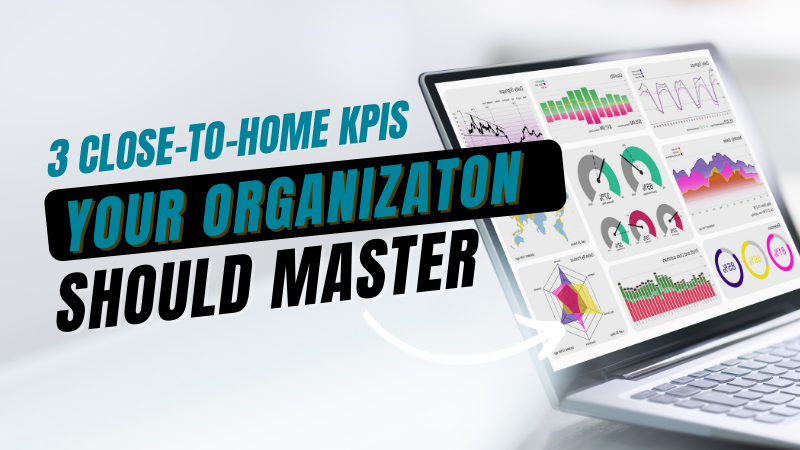
In all aspects of procurement and especially during times of chaos, it’s easy to look “out there” and modify what we’re doing in our relationships with suppliers, customers, etc. There are, however, three KPIs that, when mastered on an ongoing basis, will bring significant increases to profit margins and do it much closer to home. These include:
• Cost per invoice and PO
• PO and invoice accuracy
• PO cycle time
Cost Per Invoice and PO
Defined as the total average cost of processing one invoice through your organization, this metric is based on actual costs and hidden ones. For example, suppose you are still using a manual/paper-based invoicing process. In that case, the labor involved will be much higher for your organization compared with a company that has this process automated. It’s essential to consider is the likelihood of higher error rates and processing times for manual systems. These higher labor costs are considerable when totaled.
What else needs to be considered in cost/invoice and PO? Don’t forget to consider any overpayments, errors, late payments, audit costs; lost supplier discounts; any supporting costs such as mailing and printing; and the systems and equipment you put in place. This KPI is based on the elements that make up the calculation and the number of invoices processed. Consider monitoring the KPI over time and compare the manual to automation results after implementation.
PO and Invoice Accuracy
Human error is the leading cause of high operating costs. If Pos and Invoices are incorrect, it’s not doing you much good. It could be doing you a world of harm.
This KPI lets you know that suppliers deliver the correct goods specified in purchase orders. It can be calculated as either:
• The ratio of product/service provided outside of a pre-defined scope
• Percent of erroneous delivery over a specified period
The costs involved with inaccuracies run far beyond the immediate dollar amounts that can be incorrect. These errors cause mistrust and confusion as to how you are handling business. If customers are charged for faulty items, your inventory count is also skewed. If the error is not caught before the invoice is paid, you’ll need to make a substantial effort with that customer to correct the mistakes and offer reimbursement mixed with apologies.
PO Cycle Time
The cycle time involved with purchase orders can span hours or days from when a PO is placed to when the order is submitted to a vendor/supplier. This is a key measurement for procurement. The time includes all activities inherent with processing a PO, including data input, the time a supplier takes to confirm receipt, and the response confirming pricing and delivery. In this case, less is more as low cycle times translate to supply chain efficiency, smooth operations, and happier customers.
Usually, the culprit is (again) manual procedures. Before throwing a software program at this (or any procurement function), ensure you have identified and removed as many bottlenecks in your procedures as possible. Ensure that your processes and measurements for these processes are clearly defined.
The Common Denominator
Getting and maintaining a solid grasp of these three KPIs is essential to move your organization towards more strategic procurement—and ultimately be more focused on improving your supplier relationships. In each of the KPIs, automating will free up staff time, minimize the number and types of errors involved, procurement functions will become efficient and less costly.
If you are considering procurement automation, establish best practices for POs and invoicing—and the benefits. At the same time, they won’t necessarily come overnight, will enable you to spend more time and worthwhile efforts “out there.”

